Daewoo washing machine does not turn on
 It’s unpleasant if things are loaded into the drum, powder is poured into the dispenser, the plug is inserted into the socket, and the wash is interrupted - the Daewoo washing machine does not turn on. The LEDs on the dashboard do not light up, the machine does not make sounds and does not respond to user commands. But there is no need to panic - there is every chance of restoring the functionality of the equipment with your own hands. We suggest you figure out why the washing machine does not turn on and how to fix it. Here is a list of typical breakdowns and step-by-step instructions for repair.
It’s unpleasant if things are loaded into the drum, powder is poured into the dispenser, the plug is inserted into the socket, and the wash is interrupted - the Daewoo washing machine does not turn on. The LEDs on the dashboard do not light up, the machine does not make sounds and does not respond to user commands. But there is no need to panic - there is every chance of restoring the functionality of the equipment with your own hands. We suggest you figure out why the washing machine does not turn on and how to fix it. Here is a list of typical breakdowns and step-by-step instructions for repair.
Why did the machine fail?
Dashboard lights that do not light up clearly indicate that the control board is cut off from power. In simple words, electricity does not reach the “brain” of Daewoo: either it is not there at all, or a problem occurred during “transportation” along the line. To restore the functionality of the equipment, you will have to consistently check the serviceability of both electrical and electronics.
First of all, it is recommended to exclude the so-called obvious causes of lack of nutrition:
- there is no central power supply (the electricity in the apartment or house was turned off by the utilities);
- there were problems in the general electrical network (a leak occurred, an RCD tripped and another similar breakdown);
- the socket is de-energized (the electrical outlet has burned out or is “cut off” from the general network);
- The power cord or its plug is damaged.
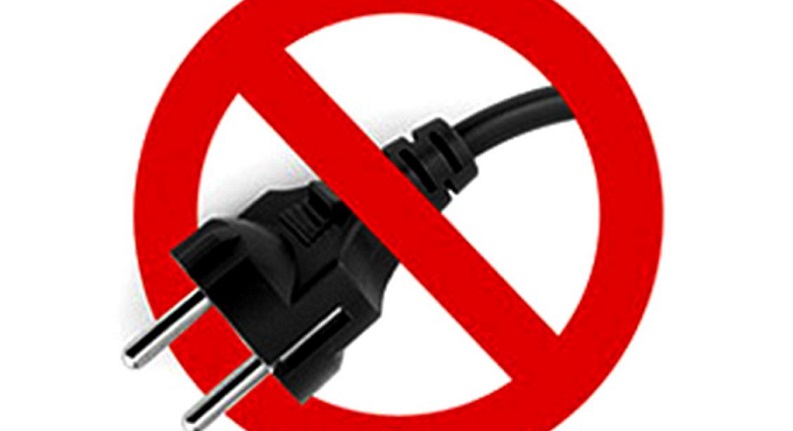
Most often, the washing machine is not to blame, and the reason for the lack of power lies in external problems. But sometimes the breakdowns are not so obvious - the electronic elements of the washing machine fail. So, the machine does not turn on due to the following internal problems:
The Daewoo washing machine does not turn on if there is a problem with the electrical or electronics.
- knocked out the noise filter (FPS);
- varistor burnt out;
- the network button is stuck;
- The electronic unit has failed.
It is impossible to immediately determine where the problem occurred and what to do to fix it. For an accurate “diagnosis” you will have to sequentially check all the listed problems and failures. It is better to start with frequency, external breakdowns, and only then move on to internal diagnostics of electronics.
Is the socket OK?
If Daewoo refuses to wash, then this is not a reason to panic. More often than not, the problem is not a serious internal breakdown, but an external failure. It is better to first check the presence of a central power supply - flip the switch in the room or walk to the switchboard. Perhaps the network was overloaded and the circuit breaker or RCD tripped.
The second step is to check the serviceability of the power outlet. This is easy to do - connect a working device to it. If the hair dryer hums or the light comes on, then there are no problems with the electrical network. Sometimes you can guess that an outlet is faulty at first glance. Signs of fire will directly indicate this:
- smoke;
- the smell of burning;
- melted body;
- dark spots on the wall.
You cannot use a faulty socket - you must turn off the power and call an electrician!
If the socket burns out or does not pass the serviceability test with a working electrical appliance, you will have to dismantle it, find out the causes of the problem and replace it with a new one. It is better to avoid doing the repair yourself and entrust the diagnosis to a qualified electrician. If you have the appropriate experience, you can handle the electric point on your own.The main thing is to follow safety rules and turn off the power to the network before any manipulations.
Filter or wire?
If there are no problems with the outlet and general power supply, then we move on to the second stage - checking the power cord and interference filter. On Daewoo washing machines, these elements are connected, so their diagnostics are carried out together. But first, the wire and the FPS must be dismantled. We proceed like this:
- disconnect the machine from the communications;
- turn the Daewoo backwards forward;
- remove the top cover by unscrewing the bolts holding it;
- we find the FPS - the capacitor is located at the bottom left, where the power cord connects to the machine;
- loosen the fastening that secures the power wire;
- pull out the interference filter along with the cord and plug.
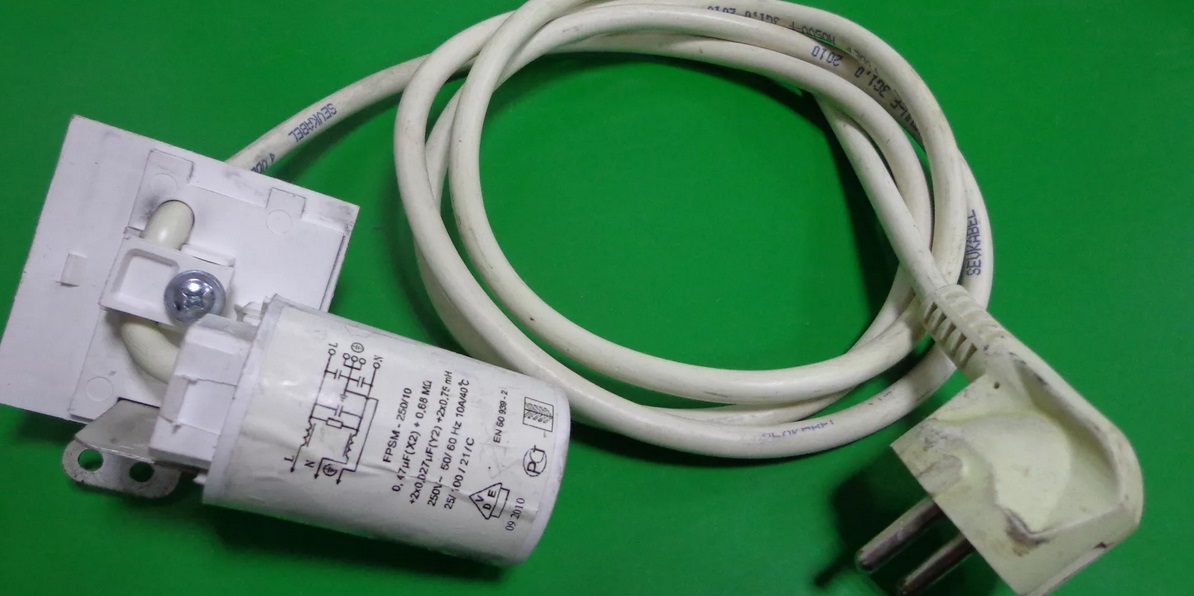
After dismantling, we begin diagnostics. First in line is the power cord. We disconnect the FPS from it and carefully inspect the surface of the wire for signs of fire, damage or squeezing. If everything is in order outwardly, then turn the multimeter into buzzer mode and apply the probes to the insulation. Having detected the breakdown, we completely change the cable. Do-it-yourself local repairs using twisting or electrical tape are prohibited - it’s unsafe!
Repairing a wire with electrical tape, twisting it, or replacing a separate wire is unsafe and can cause a fire!
Do not forget that before using the multimeter you need to make sure that it is working properly. It’s easy to check the tester - turn on the ohmmeter mode and bring the probes together. The operating device will display zeros or a value close to them. Next, we check the interference filter. We take a multimeter set to the buzzer, touch its probes to the contacts and evaluate the result.If the device “rings”, then we set up the tester with an ohmmeter and measure the resistance. The malfunction will be confirmed by the values “0” or “1” - the FPS has burned out and needs to be replaced.
Electronic board
It is worse if the Daewoo washing machine does not start due to problems with the control board. As a rule, the problem is in the varistor - a semiconductor resistor that protects the microcircuit from voltage surges in the electrical network. With a sharp jump, it takes the “blow” and burns out. As a result, the machine remains cut off from power.
Diagnostics and repair of the board are risky manipulations that are best left to a service center specialist!
Fortunately, you can check and repair the varistor on the control board yourself. The main thing is to adhere to the following instructions:
- disconnect Daewoo from the power supply and water supply;
- remove the powder receptacle;

- find and unscrew two bolts “hiding” behind the cuvette;
- remove the top cover from the case;

- loosen the three screws located on the top bar;
- Carefully remove the instrument panel from the body;
- disassemble the panel, removing the control board;
- find a burnt-out varistor (when burned, they turn black);
- if it is not possible to visually identify a burnt-out varistor, then it is necessary to measure the resistance on each of them with a multimeter;
- Use a soldering iron to unsolder the “legs” of the burnt varistor and dismantle it;

- purchase a similar varistor and solder it in place of the old one;
- assemble the machine and connect it to communications.
If you act carefully and correctly, the washing machine will start again when connected to the network. But sometimes, in addition to the varistor, other elements on the electronic unit burn out: “tracks” and triacs. In this case, replacing one part will not bring success - you will have to carry out a full diagnosis of the board. It is not recommended to repair the module yourself; it is too risky. It is better to entrust the checking and repair of the “brain” to specialists. It is worth understanding that the vast majority of official services will insist on replacing the entire control board. For them, this is more profitable than local repairs. It is better to call private craftsmen who often undertake block restoration.
"Guilty" network button
Owners of a Daewoo produced 15-20 years ago should also check the power button. On older models, the “On/Off” key often sticks and shorts out, causing the entire washing machine to lose power. As a result, the machine does not respond to connection to the power grid. To check the serviceability of the power button, you must: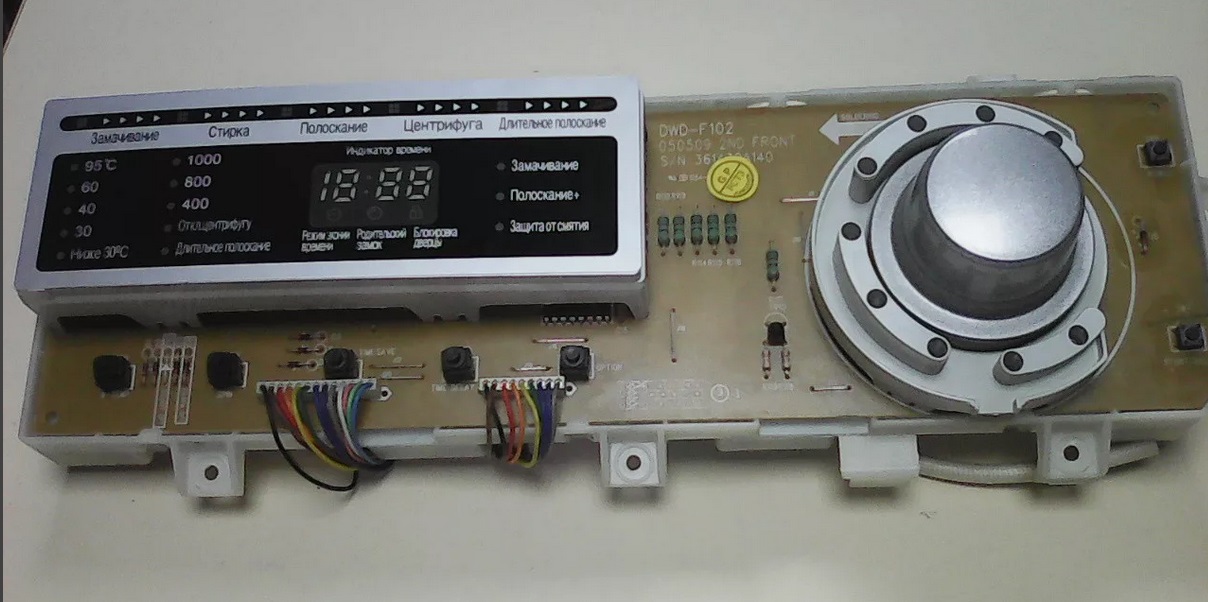
- remove the dashboard and remove the control board from it;
- find the network button and its contacts on the board;
- Use a multimeter to measure the resistance of the key.
The resistance on the switched-on button is measured, and then the result is evaluated. If the value is not within the normal range, it means the key is burnt out and needs to be replaced. A similar part is selected for replacement. You can figure out why the washing machine won’t turn on yourself - more often than not, the problem can be quickly resolved by replacing the socket or interference filter. If there is not enough experience, the breakdown is too serious, or the cause could not be determined, it is better to contact the service.
Interesting:
Reader comments
- Share your opinion - leave a comment


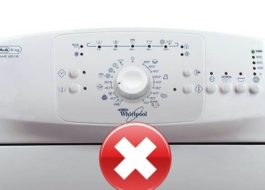

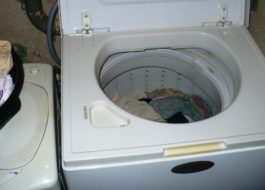
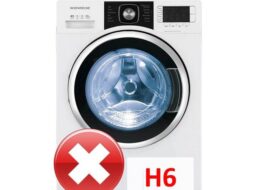
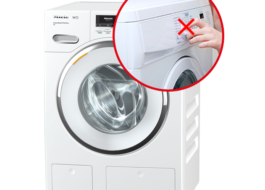














Add a comment